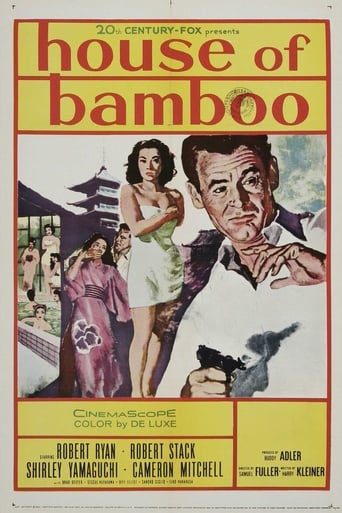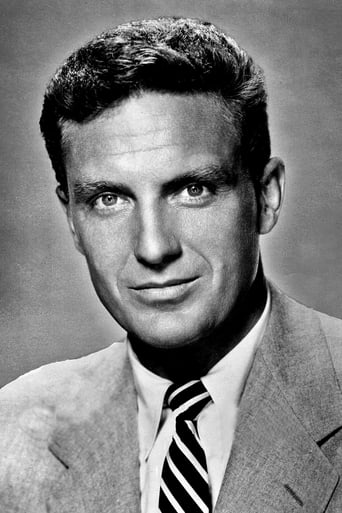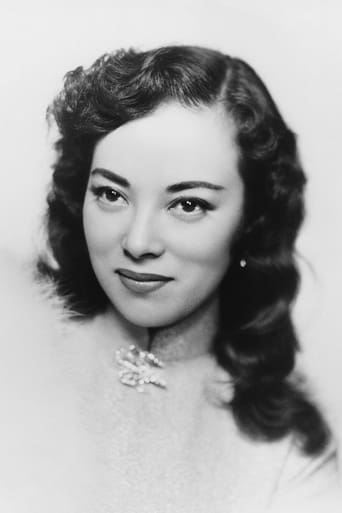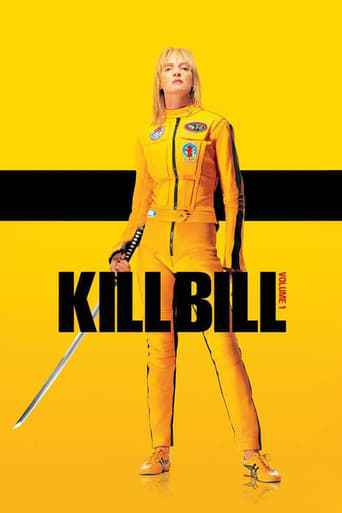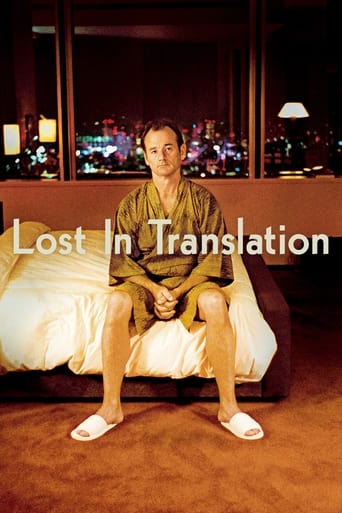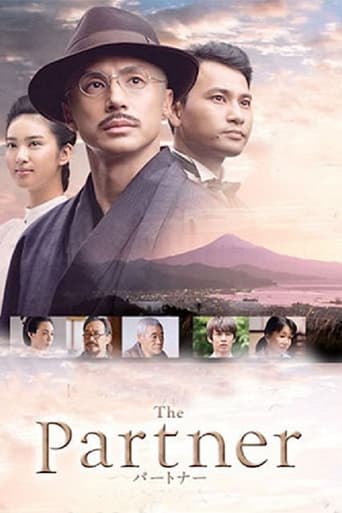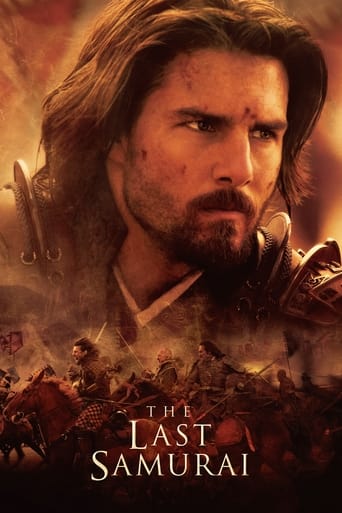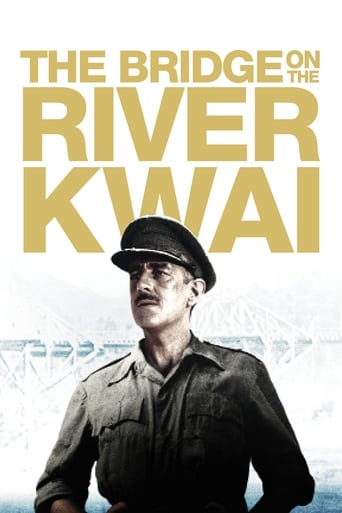House of Bamboo (1955)
Eddie Kenner is given a special assignment by the Army to get the inside story on Sandy Dawson, a former GI who has formed a gang of fellow servicemen and Japanese locals.
Watch Trailer
Free Trial Channels
Cast


Similar titles
Reviews
just watch it!
I wanted to like it more than I actually did... But much of the humor totally escaped me and I walked out only mildly impressed.
The movie is made so realistic it has a lot of that WoW feeling at the right moments and never tooo over the top. the suspense is done so well and the emotion is felt. Very well put together with the music and all.
One of the film's great tricks is that, for a time, you think it will go down a rabbit hole of unrealistic glorification.
Viewed on DVD. Cinematography = ten (10) stars; locations =ten (10) stars; subtitles = one (1) star. Director Samuel Fuller presides over a film that is mostly a disaster. The plot is pedestrian (American Yakusa (all former U.S. military personnel) doing business in Tokyo), the script is unimaginative (lines seem to be invented by bored actors), the protagonist roles are miscast (see below), and directing and editing are uneven and jumbled (continuity between scenes appears to be an after thought). The movie's title seems to have been picked out of a hat; it bears no relationship to the story. The real stars of this photo play are it's: (1) cinematography (Cinemascope, color) which is simply beautiful (Fuji-San (Mount Fuji) is stunning and never looked better in the winter) and extremely imaginative; and (2) on-location scenes showing what Tokyo looked like about 10 years after the war. The latter provides a fascinating, time-capsule view of street and dock life. (Just ignore the relocation of the colossal Daibutsu (Great Buddha) from Kamakura to Tokyo!) One lead actor is over the hill and it clearly shows; the other lead actor provides a stiff-as-a-board performance (which became his trademark). The part of the Japanese "kimono girl" calls for a Japanese-Japanese actress, not an Americanized-Japanese actress who is also too old for the role. The film score is okay, but not very imaginative. There are no subtitles for Japanese line readings which are frequent and can be rather long. Highly not recommended! WILLIAM FLANIGAN, PhD.
"House of Bamboo" is an interesting noir on several levels, the most obvious being that it's not only shot in color, but shot on location in Japan just ten years after World War II has ended. The surroundings give the movie some really interesting visuals and a look at a culture that has seriously changed more than 50 years since. The story, concerning the exploitation and crimes against Japanese businesses and people by expat Americans also has some interest. It would have been better, however, if the story had been shortened in some aspects. Not by eliminating whole scenes, but shortening some. The movie is kind of slow at times. On the other hand, the subplot involving the growing romance with Shirley Yamaguchi's character seems somewhat unfinished; it's unclear at the end of the movie where the relationship is heading. And the bad guys make some really dumb decisions at times.Despite these flaws, I think the movie has enough interest to warrant a look. It is a Sam Fuller movie after all!
Due to the gangster milieu, this is often classified as a film noir and due to its plot lifted from the earlier crime-doc, A Street With No Name: it's more like the latter crossed with Love Is A Many Splendored Thing; probably no coincidence it was made by the same studio the same year. And even though this is a tough crime film about imported corruption from America co-existing with the army, it is full of pretty picture postcard moments and rich with yearning violins that soar whenever the kimono girl looks longingly at wooden Robert Stack; it so many ways it lacks the out-of-control hysteria that makes Samuel Fuller films interesting (Shock Corridor, for instance, or The Naked Kiss, both gritty and kinetic), but there are enough set pieces here to make this interesting--a spectacular finale atop a Tokyo amusement park, and a smoky robbery, and as always, Robert Ryan delivers a quietly menacing performance, reliably sinister and making the 102 minutes worthwhile
No need to recap the plot. The movie's one-third caper film, one-third romance, and one- third travelogue. Cult filmmaker Fuller tries to bring them together, but only partially succeeds, despite that colorful climax with the revolving globe and the rooftop view of Tokyo. Two of Fuller's usual concerns prevail here as elsewhere—culture clash and military organization.Mariko and Eddie must work through their cultural differences before establishing a real relationship. Screenwriter Fuller spends a lot of time with this, maybe too much since it drags out the pacing. However, I suspect he was revealing a timely cultural glimpse to American audiences—remember this was less than a decade after the war and, generally, Americans knew very little about their new Cold War partners or traditional Japanese society.Surprisingly, the robbery capers are dealt with only briefly and without the expected rising tension. In fact, Fuller seems more interested in the para- military discipline that defines the gang than in the robberies themselves, an aspect that produces more talk than action. Getting the great Robert Ryan (Sandy) as the gang's "5-star general" was the real casting coup since it's his fierceness that delivers the film's main impact. (In passing—Griff's {Mitchell} attachment to Sandy appears ambiguous enough to be interesting for the time.)Frankly, I liked the travelogue parts best. Fuller does a good job working these into the story, while the scenes themselves of Japanese landmarks and street crowds are colorful as heck. Anyway, the movie's too uneven and diffuse to have real impact. Still, it does remain a visual treat despite the passing decades.

